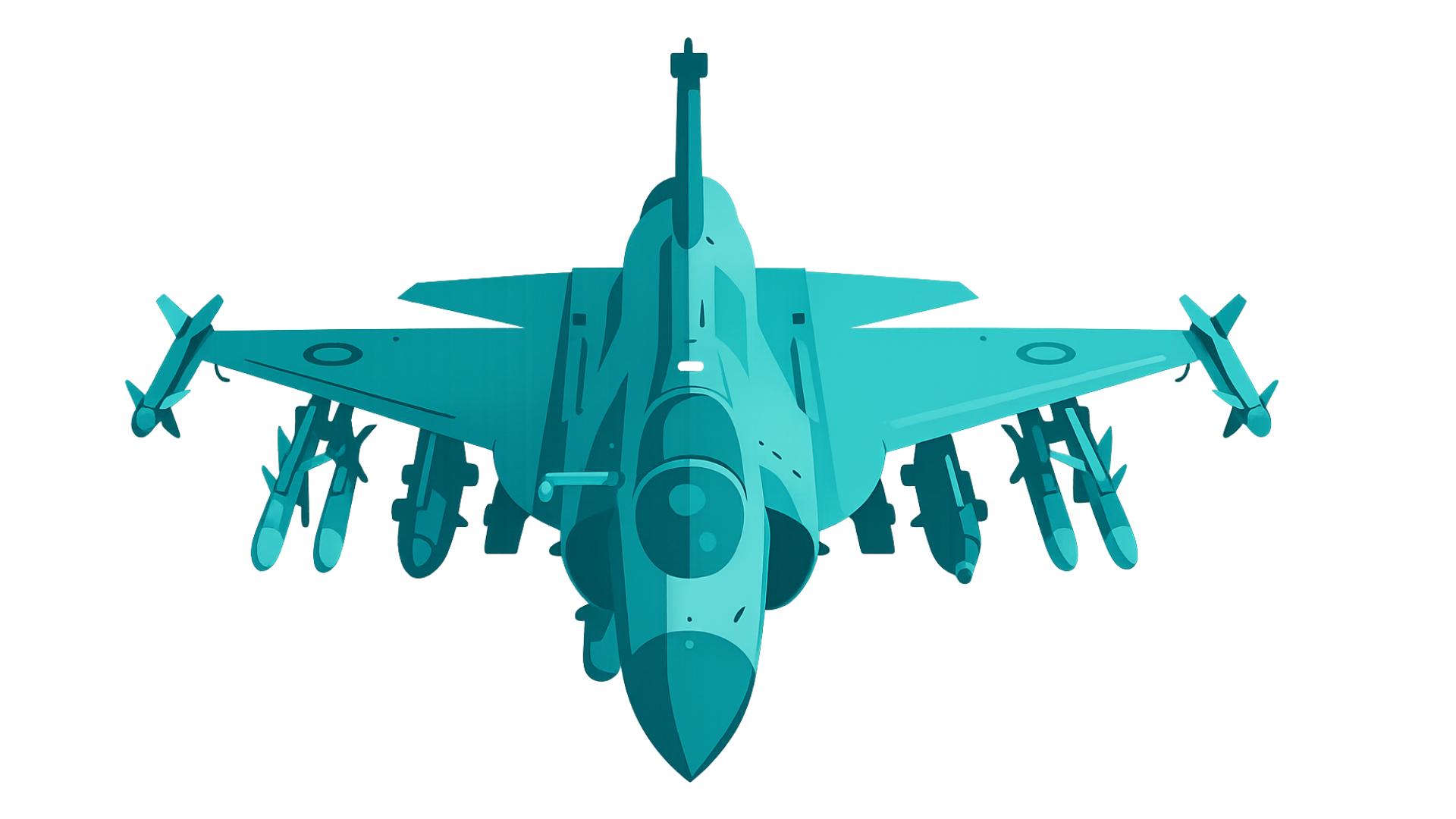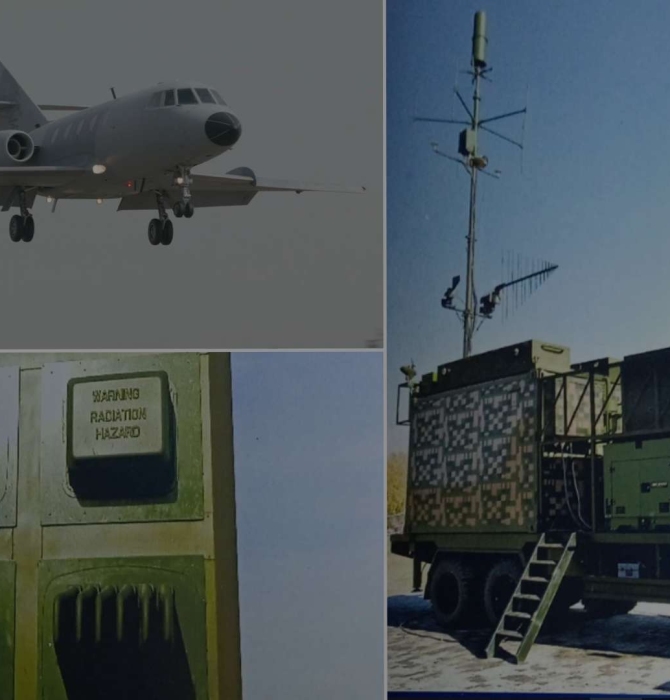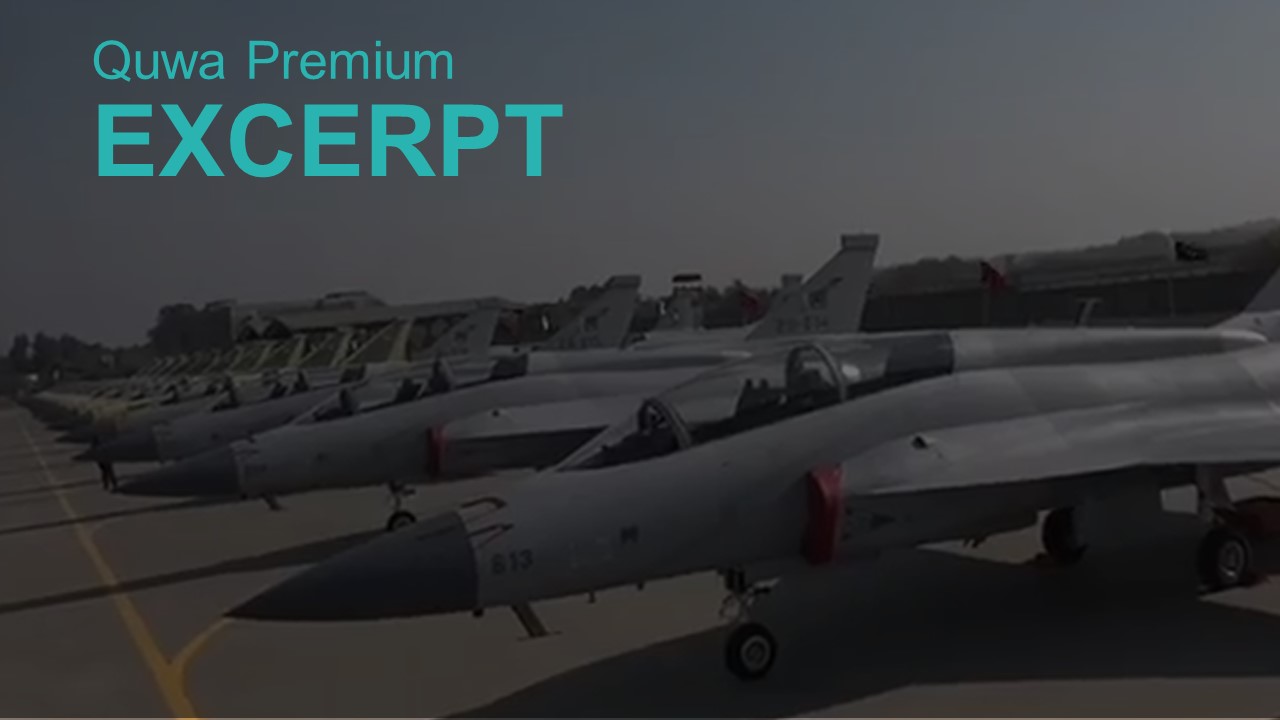13972Views

How a US Mistake Handed Pakistan’s Arms Market to China Quwa Premium
The recent induction of the Changhe Aircraft Industries Corporation (CAIC) Z-10ME-2 attack helicopter into the Pakistan Army Aviation Corps (PAA) is more than just another big-ticket defence acquisition. It is a watershed moment, a symbolic capstone on a decade-long pivot in Pakistan’s arms procurement strategy that has reordered South Asia’s geopolitical landscape.
This event marks the definitive end of the gatekeeper era, a long-standing paradigm where Western, particularly American, strategic leverage was wielded through the conditional and carefully controlled provision of advanced military technology. That leverage has not merely been challenged; it has been decisively broken, not by a political schism, but by the arrival of a credible, willing, and in some ways superior, alternative supplier in China.
The Z-10ME is not a minimally-viable substitute for a blocked Western purchase; it represents a doctrinal evolution for the PAA. It facilitates a critical transition from a force centered on the Vietnam-era, direct-fire philosophy of the Bell AH-1 Cobra to a modern concept of stand-off strike in a contested, high-threat environment. With capabilities like an optional mast-mounted millimeter wave (mmW) radar and a suite of stand-off weapons (SOW) with ranges of 25-70 km – such as the CM-502KG and CM-501X – it provides the PAA with an offensive potential it could not realistically expect to receive from the United States, even with the AH-1Z Viper.
This new reality presents a fundamental question with implications for Western foreign policy and its defence industry: What incentive does Pakistan have left to navigate the high costs, complex political conditionality, and restrictive end-user monitoring regimes of U.S. hardware when a peer competitor offers tailored, top-tier systems without such constraints?
The Z-10ME-02, as inducted, is arguably the most advanced variant of the CAIC Z-10 family, surpassing even those in service with China’s own People’s Liberation Army (PLA).
It features a comprehensive defensive aids suite (DAS) – including radar and laser warners, a missile approach warning system (MAWS), and a directional infrared countermeasures (DIRCM) suite – complemented by a full electronic countermeasures (ECM) package.
This is a platform designed for survival in a sophisticated integrated air defense system (IADS). Crucially, this helicopter was not just sold to Pakistan; it was built for it. The design incorporates specific PAA feedback from initial 2015-2016 trials, including reportedly uprated engines, enhanced centrifugal sand filters for desert operations, and reinforced ceramic armour – clear indicators of a responsive supplier tailoring a product to a key client’s needs.
The Path to Pivot: Broken Trust and American Miscalculation
The PAA’s pivot to the Z-10ME was not a choice made in a vacuum. It was the final, logical step on a long and frustrating path paved with broken promises and geopolitical maneuvering. The original modernization plan, a carefully balanced two-tiered approach to acquire 12 Bell AH-1Z Vipers and 30 Turkish Aerospace Industries (TAI) T129B ATAK helicopters, collapsed under the weight of a fundamental US miscalculation.
Washington’s error was twofold.
First, it underestimated the velocity at which the Chinese defence industry was advancing and scaling, operating under the assumption that Beijing was at least another decade away from producing a truly competitive equivalent to top-tier US platforms. The belief was that Pakistan, facing a capability gap, had no viable alternative and would eventually be forced to accept US terms regarding the withholding of financing support.
Second, it overestimated Pakistan’s patience while also underestimating the PAA’s operational urgency. The aging Cobra fleet was not just obsolete; it was an airworthiness and major safety liability. The need for a replacement was an urgent, non-negotiable requirement.
The historical context of mistrust is deep. The Pressler Amendment of the early 1990s, which blocked the delivery of 28 F-16A/B Block 15 aircraft that Pakistan had already paid for, had left a scar on the relationship. Not only were F-16s withheld, but the US ‘repaid’ Pakistan with soybean stocks, rather than the cash the PAF had needed (for a downpayment for alternate French Mirage 2000/-5 fighters sought in lieu of the F-16s at the time).
This event, where US law unilaterally abrogated an existing contract and withheld Pakistan’s payment for years, created a policy-level reluctance within Rawalpindi to commit its own national funds for major US procurements without the security of co-funding using aid mechanisms like Foreign Military Financing (FMF) or Coalition Support Funds (CSF). These mechanisms were not just for financial relief; rather, they were a litmus test of American commitment.
When the Trump Administration froze the FMF/CSF designated for the AH-1Z deal in 2017 and asked Islamabad to self-fund the acquisition, it triggered this deep-seated institutional memory of the Pressler-era betrayal. Islamabad walked away, just as it had from a self-funded F-16C/D Block 52 deal earlier in 2016. Subsequently, the T129 deal fell victim to Washington’s refusal to issue re-export licenses for its American-made LHTEC T800 engines – a decision tied to broader US geopolitical friction with Turkey.
This was the final straw. It demonstrated to Pakistani defense planners that even sourcing from a non-US, NATO-aligned partner offered no immunity from a US political veto. Supply chain security could only be guaranteed from a source outside the Western orbit.
The ‘Black Box’ Effect of Chinese Arms
This comprehensive pivot has created a significant geopolitical consequence: a ‘black box effect,’ so to speak. For decades, the Pentagon and Western intelligence agencies in general had intimate, granular knowledge of the performance parameters and limitations of Pakistan’s front-line assets. They knew the exact capabilities of the F-16’s APG-68(v9) radar, the kinematic performance of the AIM-120 AMRAAM, and the operational doctrine governing their use.
Today, as Pakistan’s core warfighting capabilities predominantly leverage Chinese systems, that transparency is gone. The West has no innate, privileged insight into the true performance of the J-10CE’s AESA radar, the electronic counter-countermeasures (ECCM) of the PL-15E air-to-air missile, or the jamming libraries and effectiveness of the Z-10ME’s DAS.
Pakistan’s military posture is becoming increasingly opaque to Washington and its leading allies, increasing strategic ambiguity, complicating threat assessments, and fundamentally reducing US influence during a regional crisis.
Moreover, with the PAF looking forward to the Chinese J-35AE for its next-generation needs, the US has also shut the door on itself from that conversation. With the Chinese ostensibly willing to offer a disruptive platform with new capabilities, what could the US offer to displace them?
Yes, a case can be made on trade and investment, but that is not directly analogous to weapon systems procurement. So, the US can continue maintaining influence at a broad policy level, but the lever it once had on the Pakistani military’s operational realities has eroded. Whether this is a stronger or weaker approach to Pakistan is currently unclear, but it is different from the anchors of this relationship through the Cold War and into the early 2000s. And, for the context of this piece, this new mode of relations may leave the US defence industry out of the fold.
End of excerpt (1144/3,297 words).
Existing Quwa Plus/Pro members can log in below
Note: Logged in members may need to refresh the article page to see the article.


